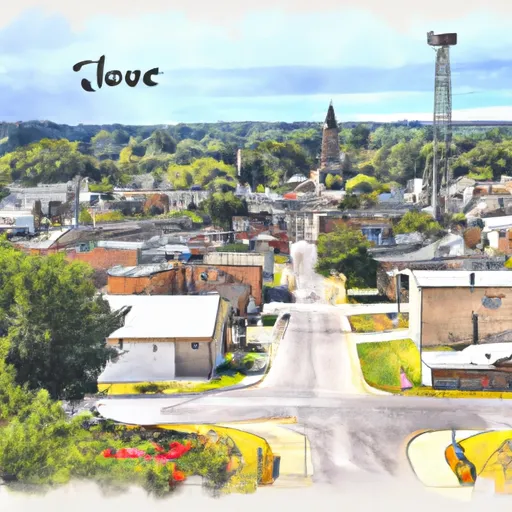°F
°F
mph
Windspeed
%
Humidity











Joice, Iowa is a small town located in Worth County in the north-central part of the state. The town experiences a humid continental climate, characterized by warm summers and cold winters. Average high temperatures in the summer range from the mid-80s to low 90s Fahrenheit, while winter temperatures can drop below freezing, with average lows in the teens. Precipitation is relatively evenly distributed throughout the year, with an average of 34 inches annually.
The hydrology of Joice is influenced by its location in the Midwest, with several small creeks and drainage ditches throughout the area. The town is not situated near any major rivers or lakes. However, nearby Diamond Lake offers recreational activities such as fishing, boating, and swimming.
Outdoor recreation opportunities in Joice include exploring the surrounding countryside through hiking and biking trails. The area is known for its beautiful farmland, with rolling hills and picturesque landscapes. Joice is also home to several parks and green spaces, providing opportunities for picnicking, sports, and leisurely walks. Overall, Joice, Iowa offers a serene and natural environment for residents and visitors to enjoy various outdoor activities. (168 words)
Weather Forecast
Joice receives approximately 859mm of rain per year, with humidity levels near 81% and air temperatures averaging around 8°C. Joice has a plant hardyness factor of 5, meaning plants and agriculture in this region thrive during a short period during spring and early summer. Most plants will die off during the colder winter months.
Regional Streamflow Levels
8
Cubic Feet Per Second
8
Cubic Feet Per Second
205
Cubic Feet Per Second
63
Cubic Feet Per Second
Nearby Camping
| Camping Area | Reservations | Toilets | Showers |
|---|---|---|---|
| Riverside City Park - Princeton | |||
| Bunker Hills Regional Park | |||
| Baker Park Reserve | |||
| Snake River City Campground | |||
| Father Hennepin State Park | |||
| Ashton Wildwood Park |



